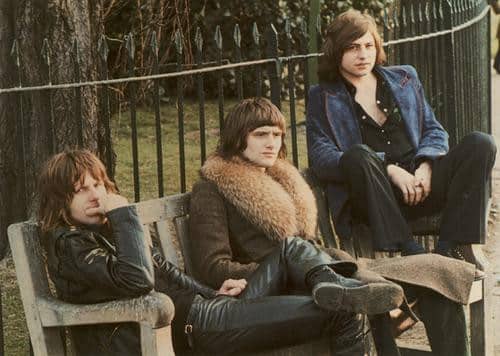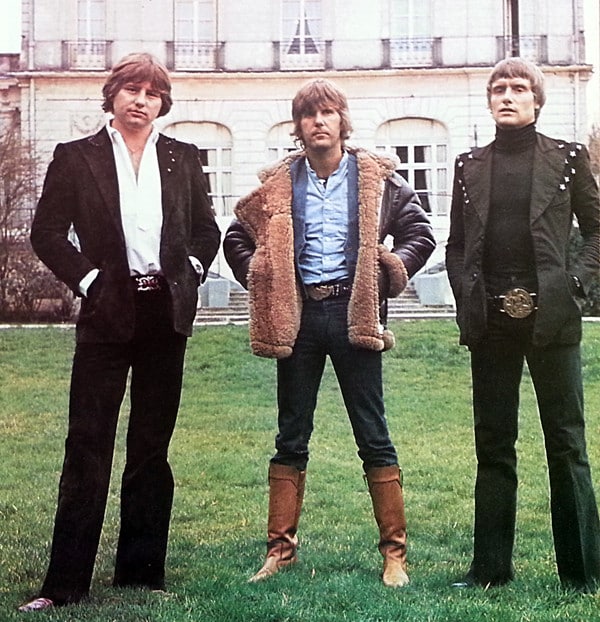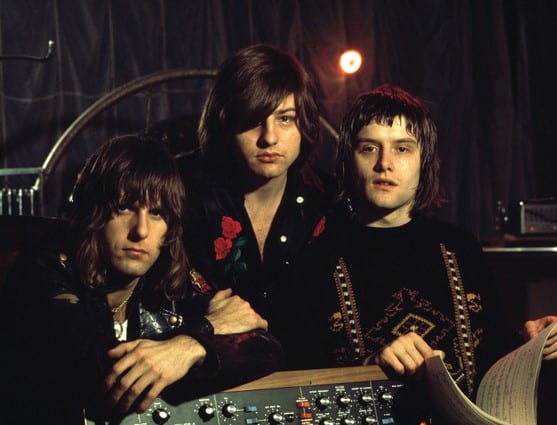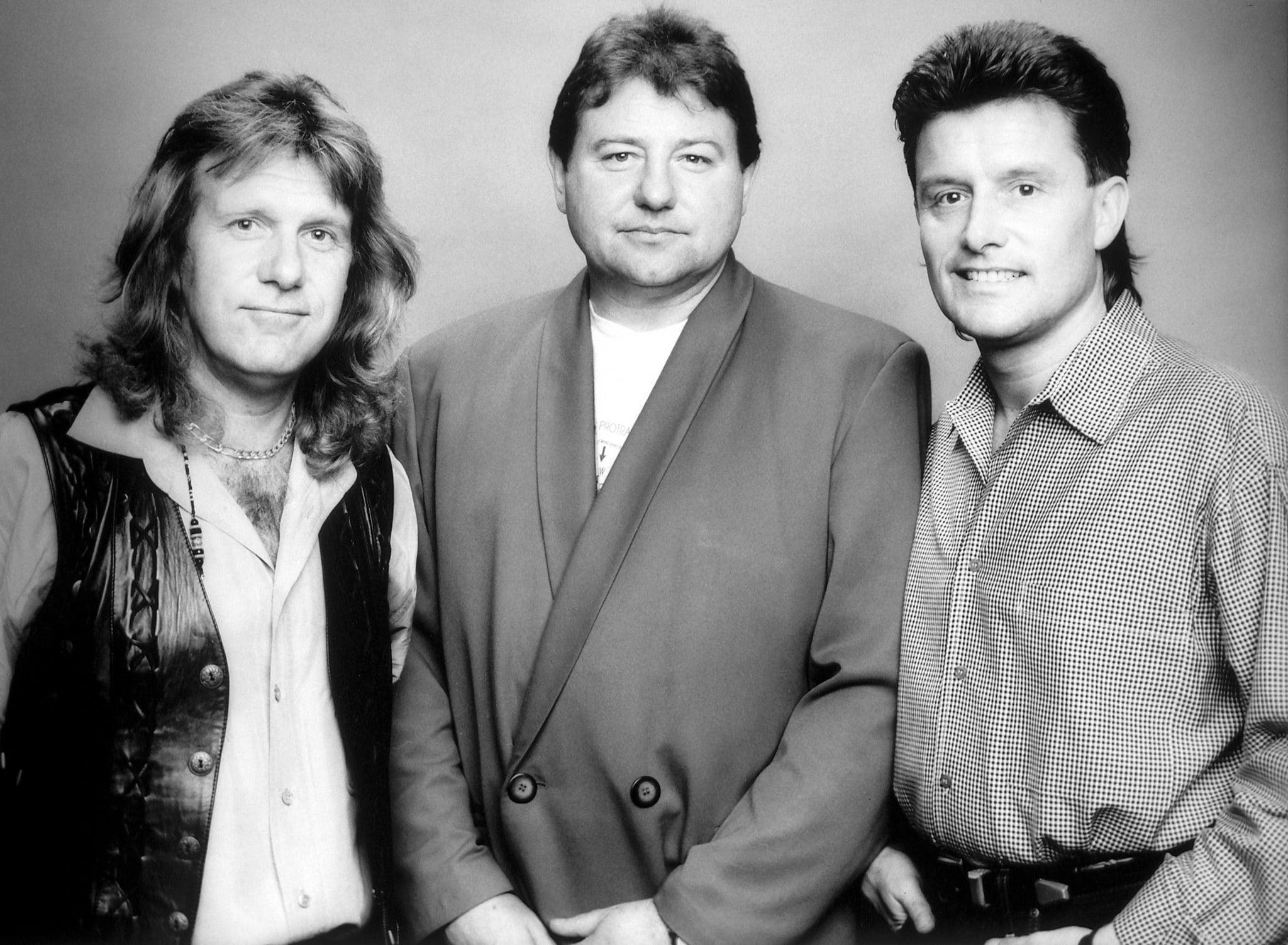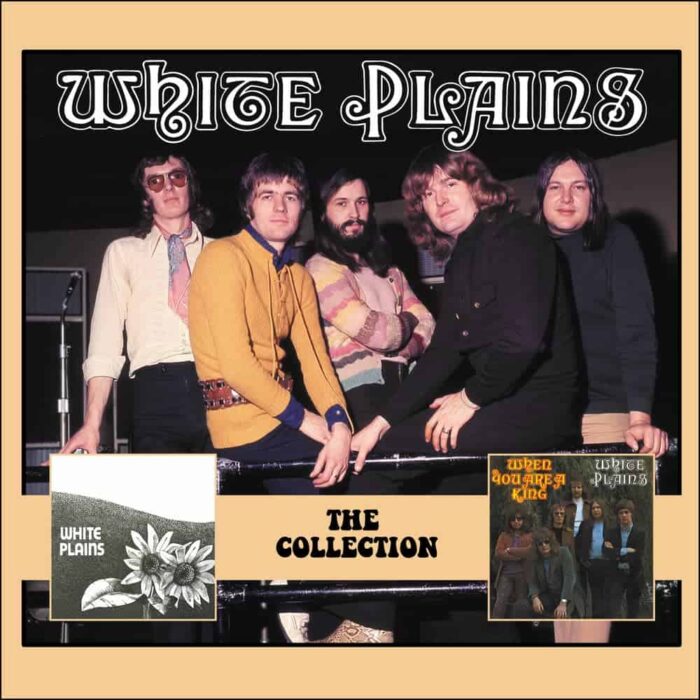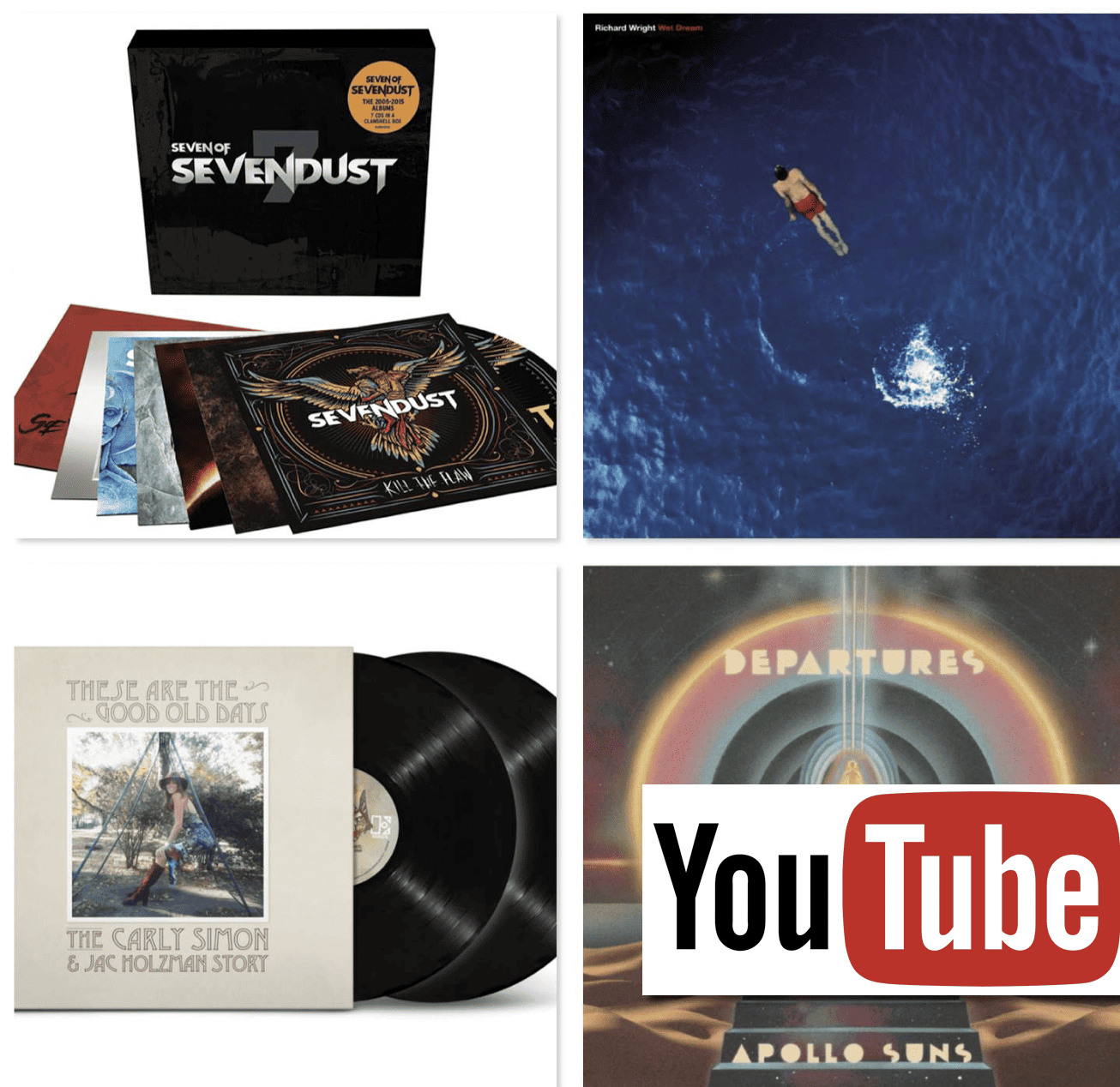The Article
Emerson, Lake & Palmer (+ Fanfare Box Set Review Pt.2)
16th October 2017
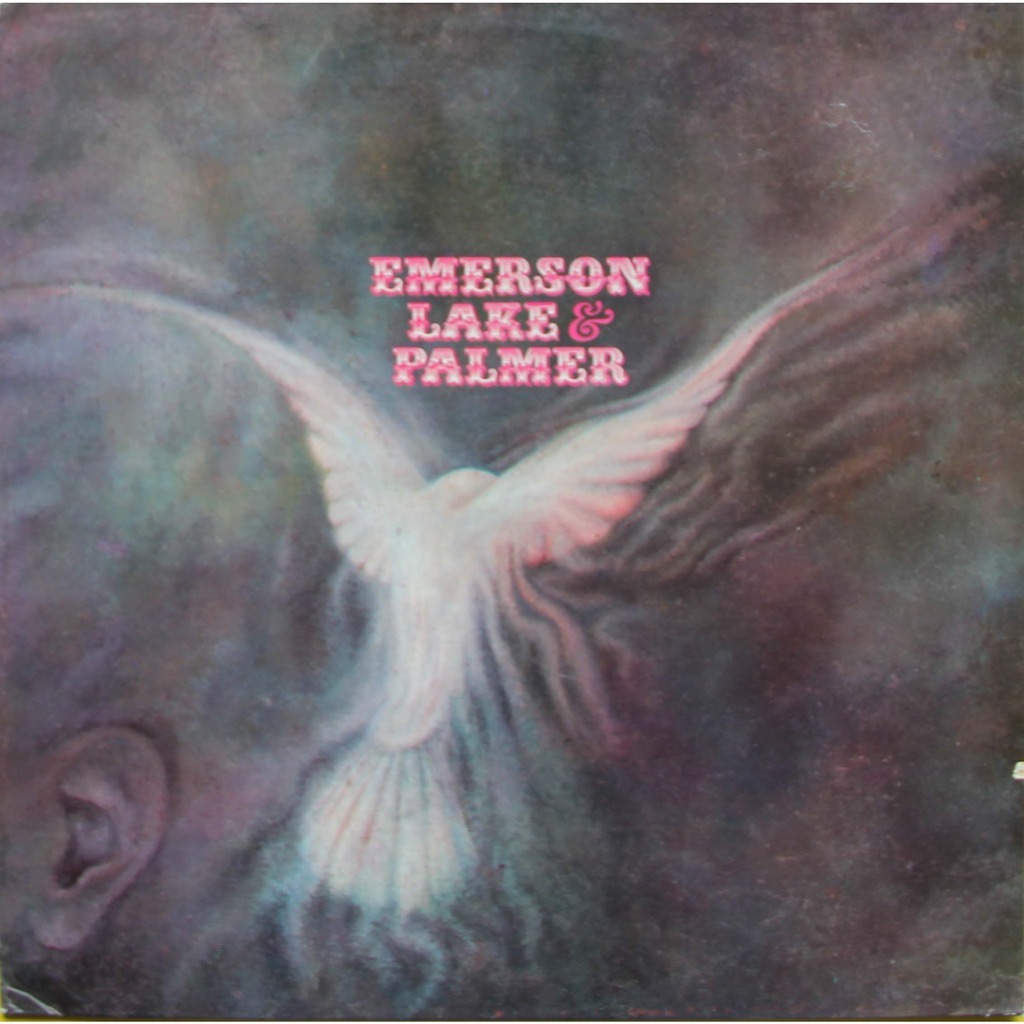
Title: Emerson, Lake & Palmer
Label: Island
For a section of the music-loving public, ELP reflected prog excess and overblown presentation. For punks, they were the epitome of the rock dinosaur. For prog rock fans, though, they were talented, skilled musicians, supreme interpreters of classical music and rhythms, a supergroup that expanded the prog genre with an ostentation that was a sight to behold.
Their self-titled debut album was one of their very best, combining the balladic highlight, Lucky Man, with a number of keyboard-lead instrumentals including the attacking style of Keith Emerson. Pretension, if you ever disliked the group for this element of their behaviour, was at a minimum on this LP. What does come to the for is pure musical talent.
The band’s immediate success and the resultant high position in the world’s charts for this LP (No.4 in the UK charts, No.20 in the USA) was also down to the audience. Music fans were ready for prog, at that time. As Carl Palmer said to me in an interview I conducted with him more than ten years ago now, “Keith [Emerson] had already done a little bit of that [prog rock] with The Nice and we decided to carry it on as ELP. That Mussorgsky piece [Pictures At An Exhibition] was only, originally, a rehearsal piece, not something we’d even play live. The whole thing was 20 minutes long. When we eventually played it on stage, it was greeted with open arms.”
But there was more. And this also set apart the tone and the feeling of this debut piece and prog rock as a genre to a greater (although not exclusive) extent. As Greg Lake told Newsweek, “I think the fundamental thing was that Keith Emerson and myself had this shared belief that too much rock ’n’ roll music had been based on the blues, Motown, gospel, country and western—all American-influenced. I hasten to add: Nothing wrong with that; I love American music. At the time, Keith and I agreed that there needed to be something different taking place. And so we decided, really, to use European influences rather than American influences, in our music. And I think that was a common bonding factor that we had, even before Carl joined the band.”
Music fans wanted complexity, imagination, innovation…they wanted to see where songwriting could go. They wanted to see a, well, progressive edge to music. This album gave them that. It also opened the door to a host of other prog groups were were waiting to see how the wind was blowing.
You can find this album within a new, large and luxurious box set called Fanfare, which remasters all eleven ELP albums on CD including Emerson, Lake & Palmer, Pictures at an Exhibition, Tarkus, Trilogy, Brain Salad Surgery, Welcome Back My Friends, To the Show that Never Ends, Works Volume I and II, Love Beach, Black Moon and In the Hot Seat.
You also get a previously unreleased triple album gatefold LP, the wordily titled, Live at Velodromo Vigorelli Milan, Italy 4 May 1973 & Stadio Flaminio, Rome, Italy 2 May 1973 and a host of live CDs taking in shows from Long Pond, PA, USA, Stanhope New Jersey, USA to Birmingham Symphonic Hall, UK plus a disc featuring BBC broadcasts including The Old Grey Whistle Test and Pop Goes Summer.
You also get two remastered 7” singles with reproduced original sleeve art: Lucky Man/Knife-Edge (1970) and Fanfare For The Common Man/Brain Salad Surgery (1977), a hard-backed book, promo poster, promo brochure and tour programmes!
Testing this CD version on my reference hi-fi, I was happy to hear the low volume set during mastering. More than that, the low noise has produced an open soundstage so, increasing the gain to a generous volume also aids clarity and emphasises detail insight. This mature approach to the CD mastering also means that the upper mids are rich in tone and balanced in nature. There is neither smearing in this region or, indeed, blooming in the lower frequencies which are not emphasised yet form a significant and wholly integral part of the overall mix. That mix was calmly distributed across a spacious and open soundstage that allowed plenty of elbow room for the often complex suite of frequencies on offer to the ear.
A significant album in terms of the group but also on an entire genre, any digital fan will be able to bathe in a wholly professional master via the Fanfare box set.
To see the Fanfare review pt.1, click HERE

